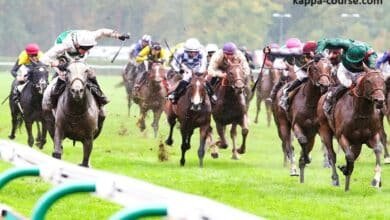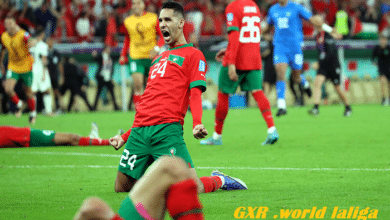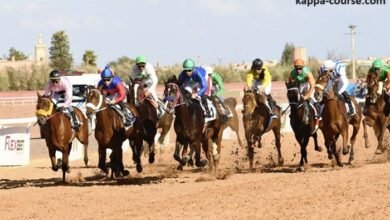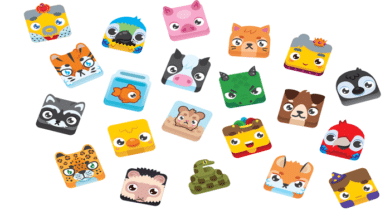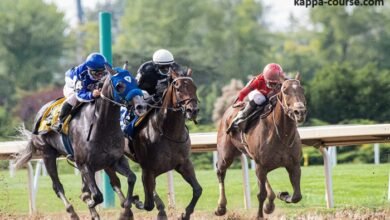The Ultimate Guide to Kappacourse Turf: Everything You Need to Know
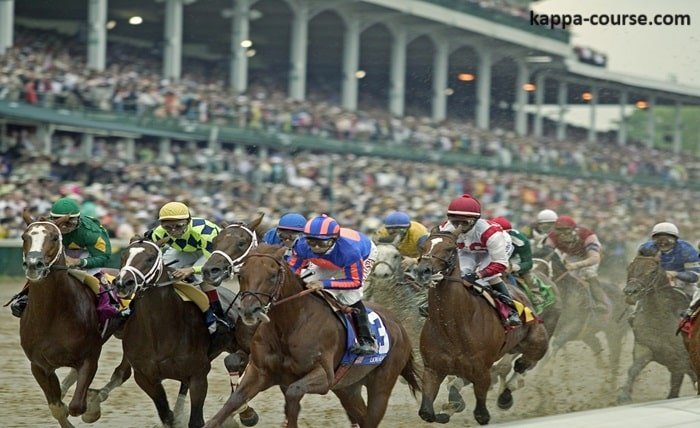
Introduction
Kappacourse turf has become increasingly popular among homeowners and businesses looking for a durable, low-maintenance, and aesthetically pleasing alternative to natural grass. This guide will delve into the many facets of Kappacourse turf, including its benefits, installation process, maintenance, and environmental impact.
What is Kappacourse Turf?
Kappacourse turf is a high-quality synthetic grass designed to mimic the look and feel of natural grass. Made from advanced materials, Kappacourse turf offers a realistic appearance and a durable surface suitable for various applications, from residential lawns to commercial landscapes.
Benefits of Kappacourse Turf
One of the primary benefits of Kappacourse turf is its low maintenance requirements. Unlike natural grass, Kappacourse turf does not need mowing, watering, or fertilizing, saving time and resources. Additionally, Kappacourse turf is highly durable and can withstand heavy foot traffic, making it ideal for high-use areas.
Installation Process
The installation of Kappacourse turf involves several steps to ensure a proper and lasting fit. The process begins with preparing the ground, including removing any existing vegetation and leveling the surface. Next, a base layer of crushed stone is laid to provide stability and drainage. The Kappacourse turf is then rolled out, trimmed to fit, and secured with stakes or adhesive.
Maintenance Tips
Maintaining Kappacourse turf is relatively simple compared to natural grass. Regular brushing helps keep the fibers upright and looking fresh. Occasional rinsing with water removes dust and debris. For stains or spills, mild soap and water usually do the trick. Additionally, periodic infill replacement ensures the turf maintains its structure and resilience.
Environmental Impact
Kappacourse turf is an environmentally friendly option for landscaping. By eliminating the need for watering, mowing, and chemical treatments, Kappacourse turf conserves water and reduces the use of harmful pesticides and fertilizers. Moreover, many Kappacourse turf products are made from recyclable materials, further reducing their environmental footprint.
Applications of Kappacourse Turf
Kappacourse turf is versatile and suitable for a variety of applications. It is commonly used in residential lawns, playgrounds, sports fields, and commercial landscapes. The durability and low maintenance of Kappacourse turf make it an excellent choice for areas that require a consistent and attractive appearance year-round.
Cost Considerations
While the initial cost of Kappacourse turf can be higher than natural grass, the long-term savings in maintenance and water bills often offset this expense. It’s important to factor in the costs of installation, which can vary depending on the size of the area and the complexity of the project. Over time, the durability and low upkeep of Kappacourse turf make it a cost-effective solution.
Comparing Kappacourse Turf to Natural Grass
When comparing Kappacourse turf to natural grass, several factors come into play. Natural grass offers a traditional look and feel but requires significant maintenance, including regular watering, mowing, and fertilizing. Kappacourse turf, on the other hand, provides a low-maintenance alternative that looks green and lush year-round without the ongoing upkeep.
Common Misconceptions
There are several misconceptions about Kappacourse turf that need to be addressed. Some people believe that synthetic turf is uncomfortable or looks artificial, but advancements in technology have made Kappacourse turf incredibly realistic and comfortable underfoot. Others worry about heat retention, but many modern Kappacourse turf products are designed with cooling technologies to mitigate this issue.
Choosing the Right Kappacourse Turf
Selecting the right Kappacourse turf for your needs involves considering several factors, including the intended use, the desired appearance, and the local climate. It’s essential to choose a reputable supplier and ensure the turf meets your specific requirements in terms of durability, drainage, and aesthetics.
Conclusion
Kappacourse turf offers a practical, low-maintenance, and environmentally friendly solution for various landscaping needs. Whether for residential or commercial applications, Kappacourse turf provides a beautiful, durable, and cost-effective alternative to natural grass. By understanding the benefits, installation process, and maintenance requirements, you can make an informed decision and enjoy the many advantages of Kappacourse turf.
FAQs
1. How long does Kappacourse turf last?
Kappacourse turf can last anywhere from 10 to 20 years, depending on the quality of the installation and the level of maintenance it receives.
2. Is Kappacourse turf safe for pets?
Yes, Kappacourse turf is safe for pets. It is made from non-toxic materials and is easy to clean, making it a pet-friendly option.
3. Can Kappacourse turf be installed on uneven ground?
Before installing Kappacourse turf, the ground should be leveled and prepared to ensure a smooth, stable surface. Professional installation can handle uneven areas by properly preparing the base.
4. Does Kappacourse turf get hot in the sun?
Kappacourse turf can get warmer than natural grass under direct sunlight, but many products are designed with cooling technologies to reduce heat retention.
5. How does Kappacourse turf handle heavy rain?
Kappacourse turf is designed with excellent drainage capabilities, allowing water to pass through easily and preventing puddles and waterlogging.
